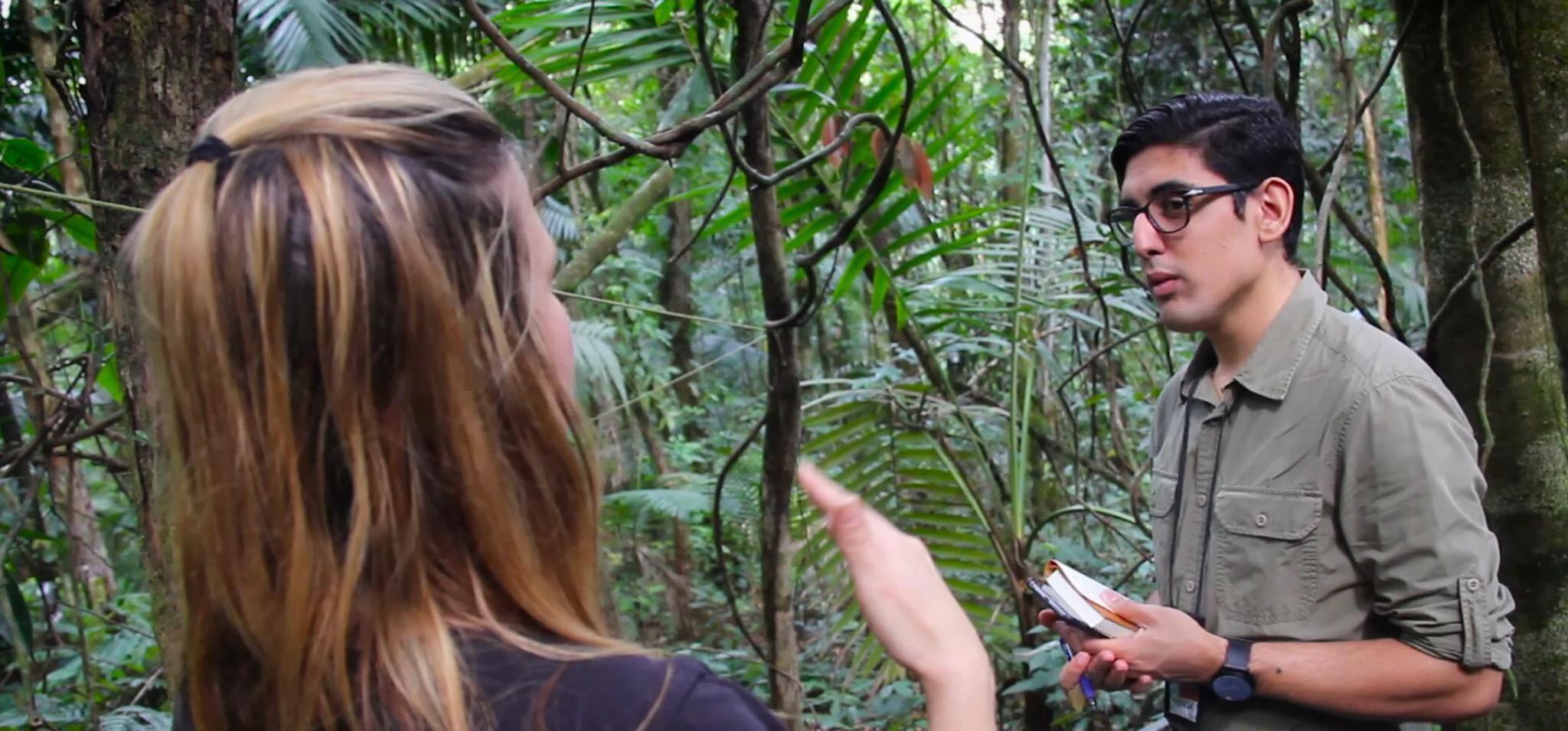Sign up for The Media Today, CJR’s daily newsletter.
When Cristian M. Arroyo Santiago’s boss walked him out of her office and offered a cigarette, in October 2017, he knew something was wrong. She told him that, a month after Hurricane Maria made landfall in Puerto Rico, El Nuevo Día had to make cuts and he was being laid off. Arroyo Santiago was devastated. He had spent the previous month working 12-hour shifts and sleeping on the floor of the newsroom. The hurricane had left him homeless. Now it had cost him his job.
News organizations across Puerto Rico were struggling to deliver news to its audience, still suffering from power outages. TV and radio stations had been forced off-air. Nearly two weeks after Arroyo Santiago was laid off, the largest media group in Puerto Rico, GFR, which owns El Nuevo Día and Primera Hora, announced that it had to lay off 59 others—a quarter of its workers, some of whom had been working there for 15 years—because of the economic losses from the hurricane.
Maria Arce Pereira, the digital director for El Nuevo Día and Primera Hora, tells CJR that the dwindling advertising revenues that plagued media operations for years had worsened after the hurricane. “We did not have any money coming in from advertising, zero dollars,” Pereira says.
RELATED: As ‘the media’ neglected Puerto Rico, some reporters made it their mission
“They used the hurricane as an excuse to fire journalists,” says Arroyo Santiago, who had been working at El Nuevo Día as an opinion editor for a year and half. “We had worked so hard and this was their way of saying thank you.”
A year later, many outlets in Puerto Rico have resumed their operations, but had to make cuts on their content. At least two TV stations remain off air. While the media outlets have somewhat recovered, the individuals who lost their jobs in the process still struggle to regain their footing.
“This was a huge blow to journalism and access to information in Puerto Rico,” says Manuel Rodríguez Banchs, an attorney for the union that represents the media workers.
Mario Alegre had been running the digital operations at Primera Hora and working hard to keep up with the overflow of news. He was in his twelfth year working as a journalist and did not expect to be affected by layoffs.

Cristian M. Arroyo Santiago speaks to a man whose house was partially destroyed by Hurricane Maria in Manatí, Puerto Rico. Courtesy photo.
Alegre, who is married and has two children, says it was even more difficult to be jobless at a moment where everything felt uncertain about the future of the island. “Nobody was hiring and I reached out to every paper I knew for work,” he says. “I was depressed but I knew that the decision wasn’t informed by my lack of skills. I started looking for work from the very next day, whether it was working in a restaurant or at a grocery store.”
Alegre has yet to find a job in a newsroom in Puerto Rico. A month after losing his job, Alegre decided to crowdfund a blog where he reviews movies and covers entertainment news. “I began by asking people online to support me in my writing and people started giving five or ten dollars,” he says. Even though he managed to launch it, it hasn’t been enough to pay his bills. At one point, Alegre was offered a full-time job with FEMA but that meant “giving up on journalism and I don’t think I was ready for that sacrifice.”
Many of the journalists who lost their jobs in the immediate aftermath of Maria have yet to find work, explains Omaya Sosa Pascual, co-director of Centro de Periodismo Investigativo, a non-profit that focuses on investigative journalism and training on the island. (Their latest report is an interactive database of the victims of Hurricane Maria and how they died.)
With a few exceptions, “none of them have found work,” says Pascual. “Some of them are working as fixers for media outlets on the mainland.”
Arroyo Santiago considers himself lucky—he was able to find work quickly as a freelancer in Puerto Rico with CNN’s investigative team.
“It’s a mixed feeling because I know many people are still looking for work,” he says. “Many of them don’t know English and that has been a barrier to find work with national outlets.”
He felt a sense of responsibility to continue working on the stories that impacted ordinary Puerto Ricans that were dealing with the devastation. He helped CNN with stories related to the death toll, waterborne diseases, and the growing mental health crisis among young Puerto Ricans.
“Reliving those memories during the week of the anniversary has been really tough on me,” he says. “I have been crying all week and thinking of how the hurricane has changed all our lives.”
Arroyo Santiago enrolled at the Craig Newmark Graduate School of Journalism at CUNY and moved to New York city last month. Leaving the island has given him a break from the traumatic memories of the storm, which he is still processing.
“I am still trying to digest things I saw and heard from the survivors,” he says. “I think about the mother who lost her 13 year old to suicide or the man who needed a surgery as I lay in bed at night.”
“It’s a heavy feeling to carry as a journalist and mostly as a Puerto Rican.”
As of now, Arroyo Santiago does not plan to return home, though he hopes to continue telling stories that impact Puerto Ricans. “I don’t want to work for Puerto Rican media,” he says. “They let me go in the darkest hour and I am not willing to take that risk again.”
RELATED: After Hurricane Maria, AM radio makes a comeback in Puerto Rico
Has America ever needed a media defender more than now? Help us by joining CJR today.



